![3D printed parts with supports from Raise3D [Image: Fabbaloo]](https://fabbaloo.com/wp-content/uploads/2020/05/IMG_20181116_135740_img_5eb09f8ddb2a4.jpg)
Hobbyist or professional? Extrusion-based 3D printing is at a crossroads.
Edward Feng, the Co-Founder of Raise3D, sees this crossroads as a question mark — and an opportunity.
“It’s a clear message for us,” Feng said when we sat down to chat. “We want to go for verticals: jigs and fixtures, tooling, insoles. We want to be a pathfinding system. We’ve spent a long time with applications, working with customers.”
Raise3D has used a tagline of “raise the standard of 3D printing,” as in the successful Kickstarter campaign for its popular N-Series of 3D printers. Wanting to raise that bar means the company knows just where it stands, and Feng and his team are very aware of the state of the industry today.
As the company continues to roll out improvements to its offerings, they have worked to target customer needs and wants.
“Formnext is a high-quality show, with high-quality talks. We’ve seen since open source FFF 3D printing was introduced to the world, that more than a decade on more people understand the pros and cons of 3D printing, that 3D printers are not just toys,” Feng said. “FFF like us is now at a crossroads.”
![Edward Feng at formnext 2018 [Image: Fabbaloo]](https://fabbaloo.com/wp-content/uploads/2020/05/IMG_20181116_135608_img_5eb09f8e827f3.jpg)
From the hobbyist roots of open source 3D printing a decade-plus ago, Raise3D has worked toward its goals in verticals.
“We’ve made new progress on exotic filament. We’ve upgraded the printer to tolerate metal filament, and can make green parts. This was a milestone for us, and a lot of desktop FFF, to get final metal parts,” Feng continued.
As extrusion-based 3D printing of final metal parts progresses, he added that Raise3D “is not yet ready with a total solution including sintering.” Maybe in two years, he said.
Lower-cost metal 3D printing is a major goal for the industry, and desktop solutions are coming into sight. With companies like Desktop Metal and Markforged leading the way, companies that have traditionally worked with plastic filament are also increasingly eyeing the space. Raise3D is looking to its “very affordable series” as a solution in this developing space.
Also of interest is the RaiseCloud printer management software. Raise3D has been working on this for two years, including a one-year closed beta and as of early December an open beta.
“This means a lot to us; we have a team of ten-plus working on this,” Feng said of RaiseCloud. “It will be very unique for our users. I’m very excited for 2019, for our customers to use our solutions. It means a lot to use this and to share it.”
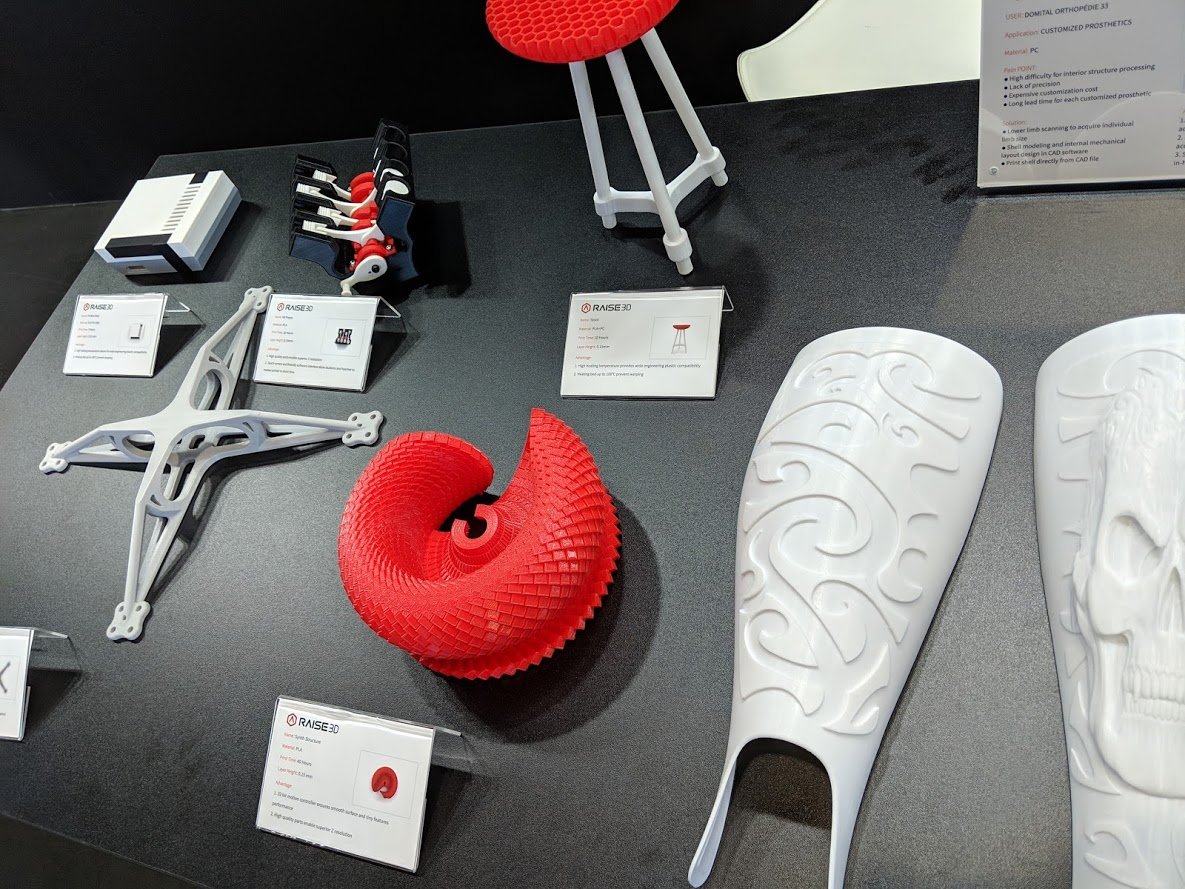
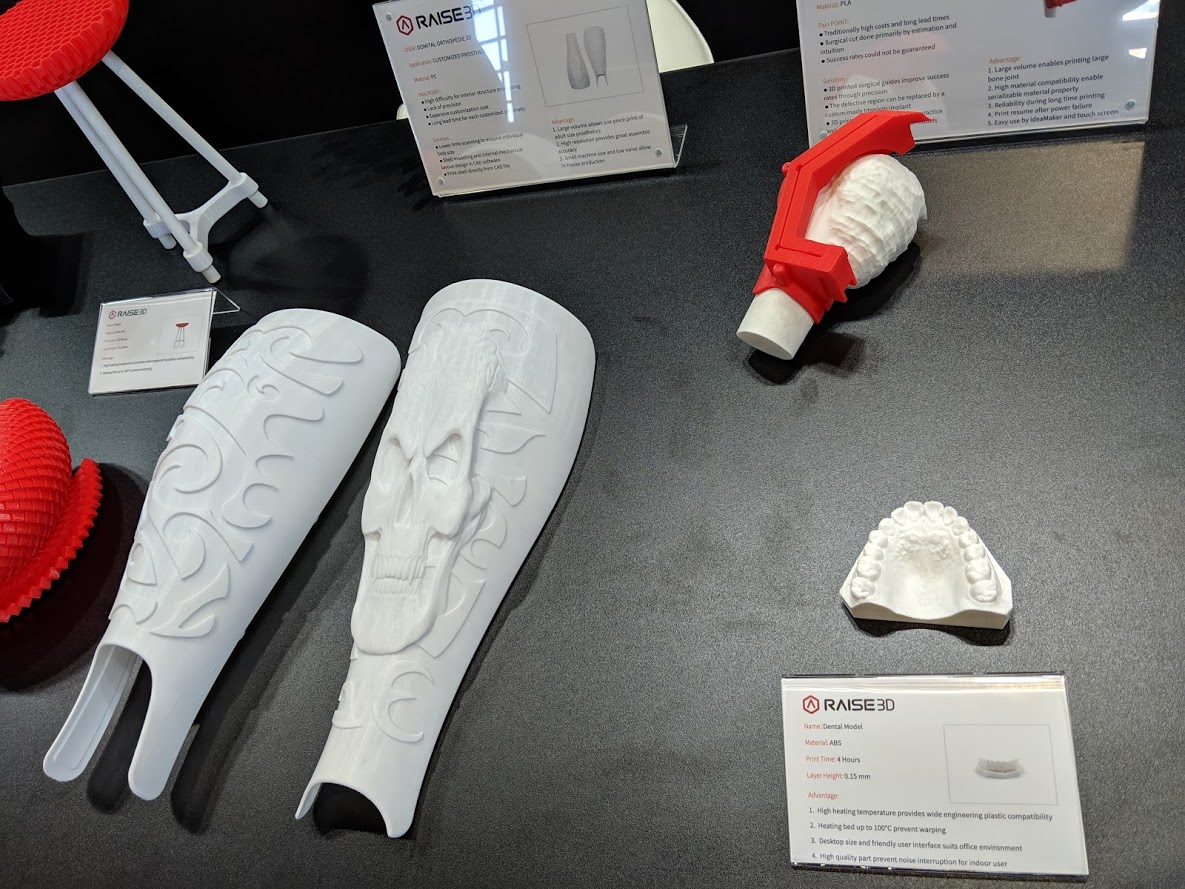
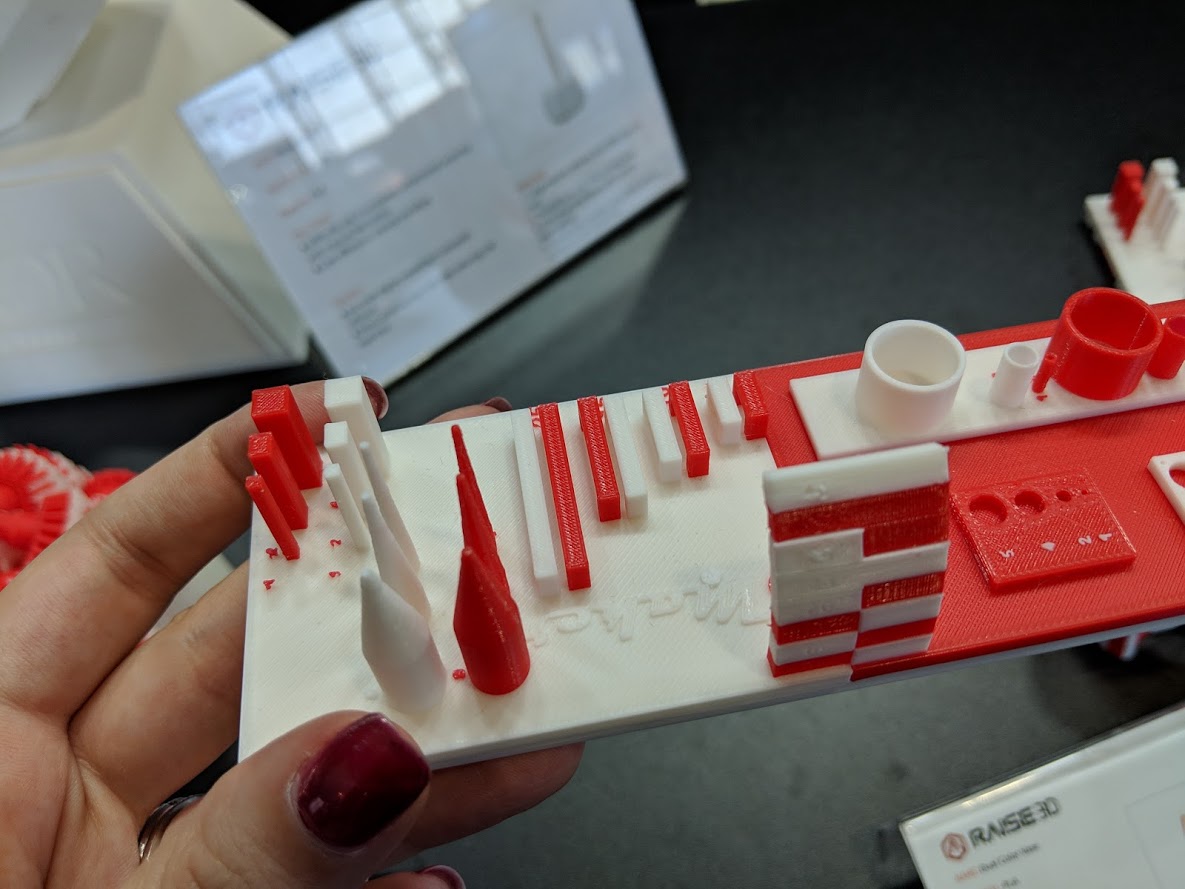
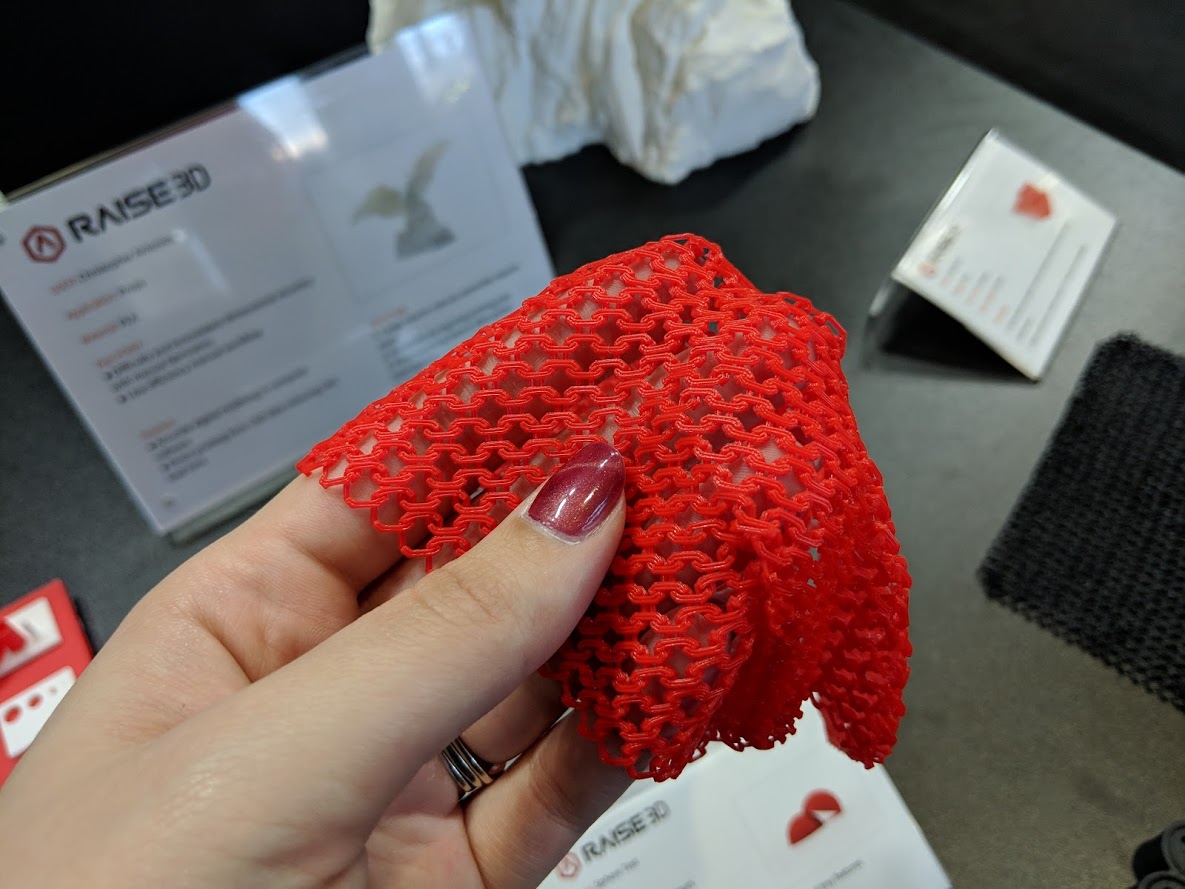
At formnext 2018, he observed, maturation in the industry was visible.
“We see less and less of the small maker and of toys here. It’s more serious, more industrial, booths are getting bigger, the questions from visitors are getting better. You see filament companies more open, too; it’s good to see BASF and Covestro working with companies like us to provide great solutions,” Feng said. “It’s a great sign about evolution. We’re talking about how much bigger the area will be.”
An important thing to remember, he pointed out, is that “customer perception cannot change in one day.” But the lean toward production is palpable.
“Putting affordable machines into real production is a real trend we see, based on conversations with customers at formnext,” he said.
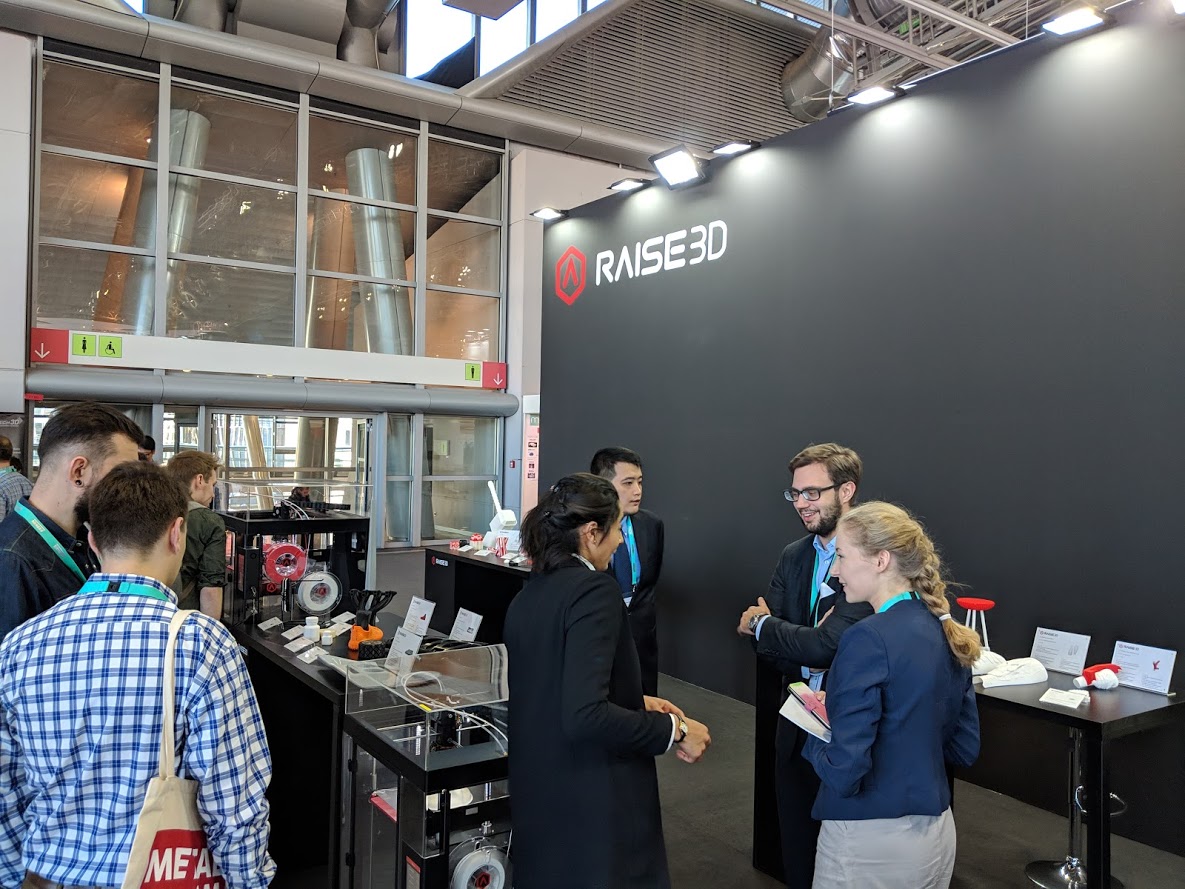
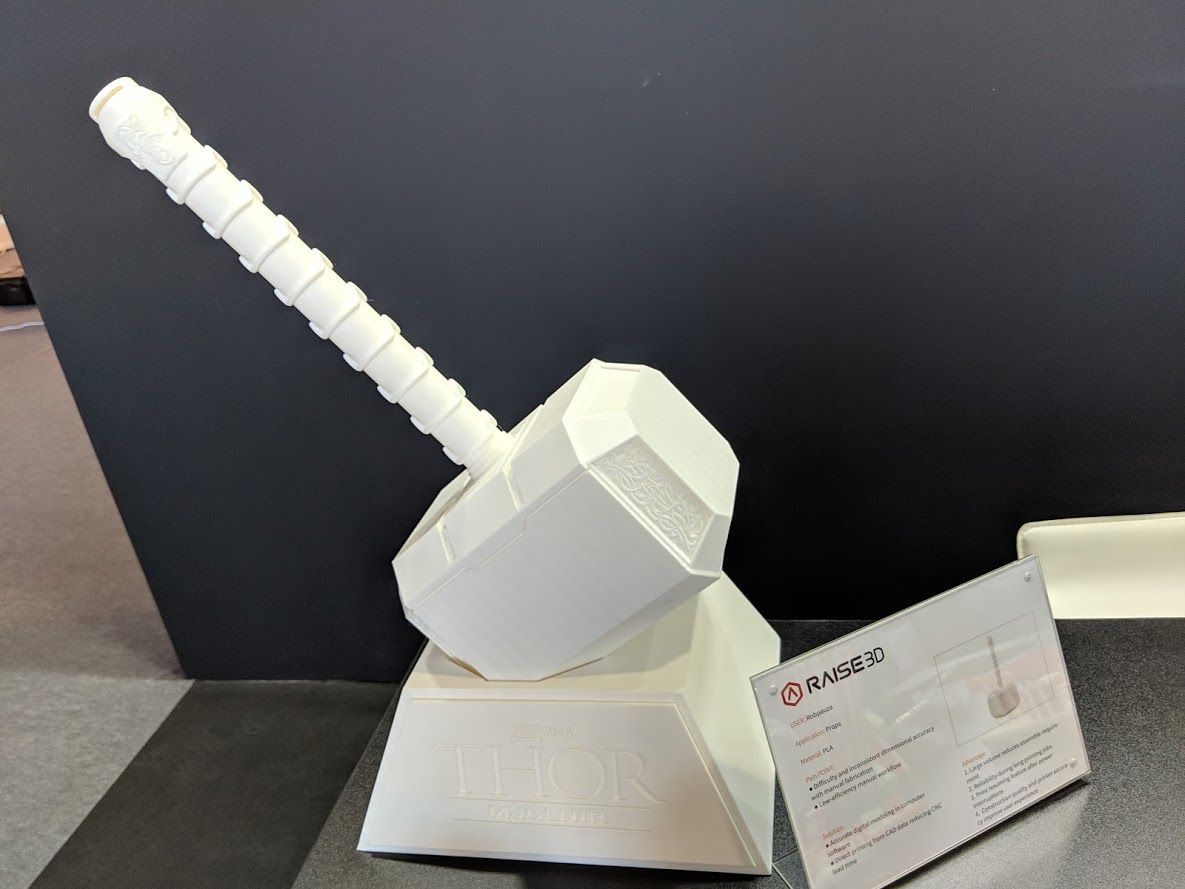
Growth and evolution are inevitable, and as the possibilities for desktop FFF (FDM) 3D printers continue to open up with new materials, robust hardware, and accessible software, the space will continue to draw interest. With professional and prosumer models taking more of the spotlight lately and production applications in sight, makers of desktop 3D printers must consider carefully how to position themselves.
Some have expanded capabilities in response to demand. MakerBot, for instance, was famous for its consumer-facing accessibility. Following the crash of consumer hype (and its acquisition by Stratasys), MakerBot has over the last couple years repositioned itself to focus on first the educational, and now the professional markets. Other extrusion-based manufacturers are similarly looking toward more industrial usage — Raise3D among them.
![The Raise3D Pro2 Plus 3D printer [Image: Fabbaloo]](https://fabbaloo.com/wp-content/uploads/2020/05/IMG_20181116_135727_img_5eb09f922ce3b.jpg)
For Raise3D’s part, that positioning is including notable expansion among its ranks. The company has a team of more than 30 employed in California. Following significant growth in the US, in 2019 Raise3D’s focus will be more on the European market, which currently has bases in Rotterdam and Montpellier.
Via Raise3D

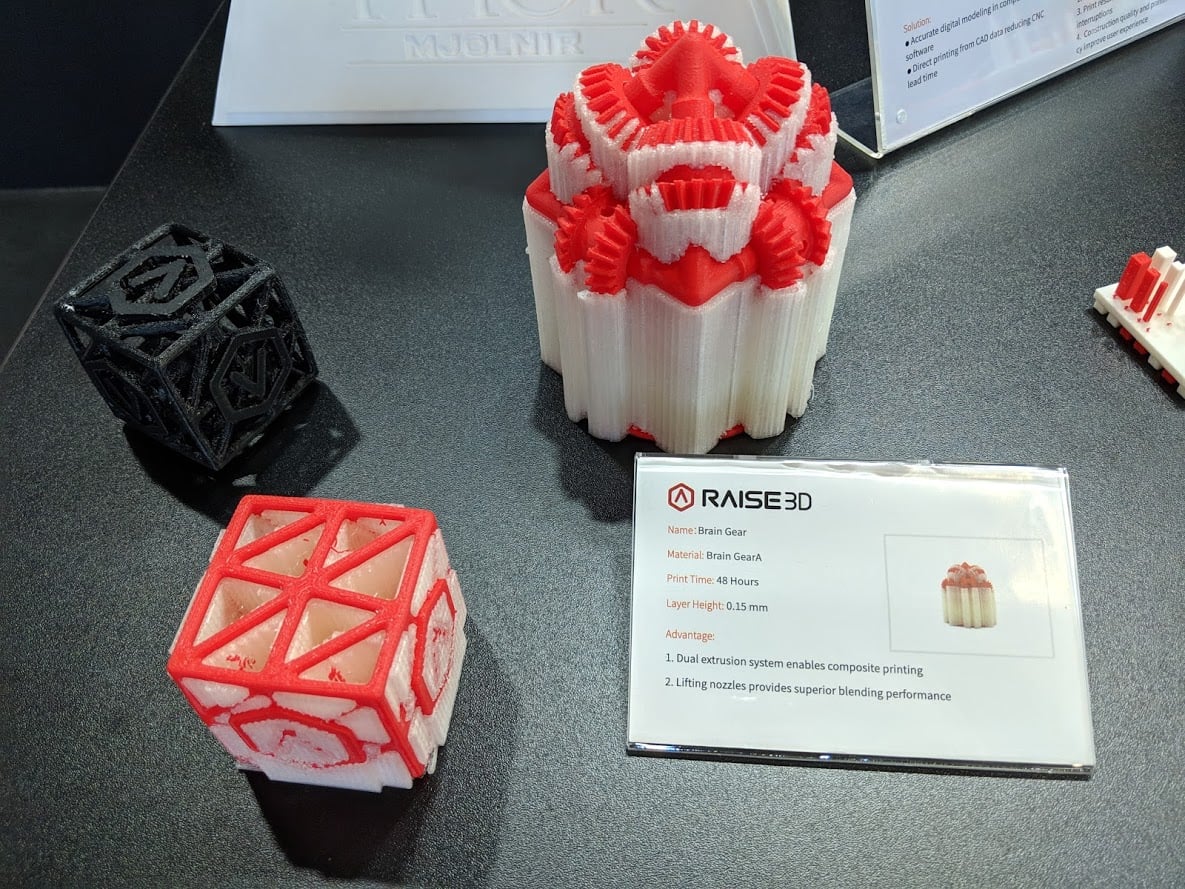









Formlabs just issued three new videos for beginners to 3D printing, and the result was quite surprising.